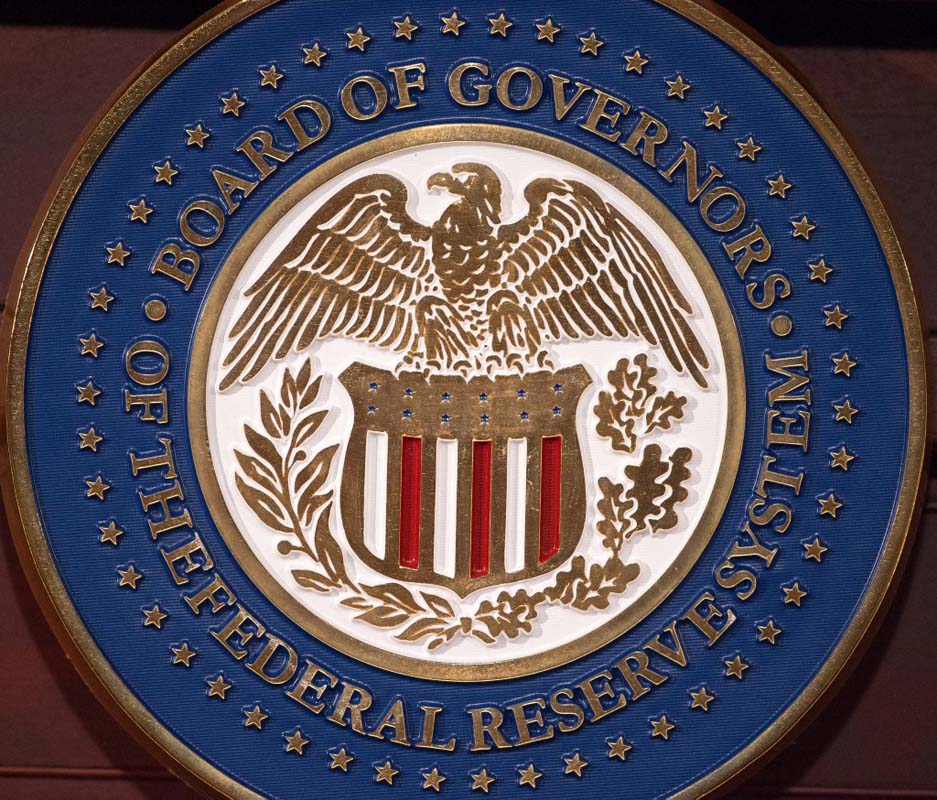
403
Sorry!!
Error! We're sorry, but the page you were looking for doesn't exist.
U.S. dollar falls to lowest level since January on signs of Fed rate cuts
(MENAFN) The US dollar has declined to its lowest point since January, marking its longest losing streak since April 2023, as Federal Reserve Chairman Jerome Powell signaled an impending interest rate cut next month. In his highly anticipated speech at the Jackson Hole Symposium, Powell laid out a compelling argument for easing monetary policy. He emphasized his desire to prevent the labor market from remaining overly tight and expressed growing confidence that inflation is approaching the Fed's target of 2 percent.
Powell noted that the risks of rising inflation have lessened, while concerns about employment have increased. He indicated that it is time to adjust monetary policy, although the exact timing and pace of rate cuts will depend on new data, shifts in expectations, and the overall balance of risks. Referring to the Federal Reserve's dual mandate, Powell mentioned his strengthened belief that inflation is on a sustainable trajectory back to 2 percent, down from around 7 percent during the COVID-19 pandemic, while acknowledging a rising unemployment rate.
The current unemployment rate stands at 4.3 percent, which Powell suggested is in line with Fed officials' views on stable long-term inflation. He clarified that the increase in unemployment over the past year is largely attributed to an expanded labor force and a slowdown in hiring, rather than a rise in layoffs. This backdrop has contributed to the US dollar's continued decline, reflecting market reactions to the Fed's anticipated policy adjustments.
Powell noted that the risks of rising inflation have lessened, while concerns about employment have increased. He indicated that it is time to adjust monetary policy, although the exact timing and pace of rate cuts will depend on new data, shifts in expectations, and the overall balance of risks. Referring to the Federal Reserve's dual mandate, Powell mentioned his strengthened belief that inflation is on a sustainable trajectory back to 2 percent, down from around 7 percent during the COVID-19 pandemic, while acknowledging a rising unemployment rate.
The current unemployment rate stands at 4.3 percent, which Powell suggested is in line with Fed officials' views on stable long-term inflation. He clarified that the increase in unemployment over the past year is largely attributed to an expanded labor force and a slowdown in hiring, rather than a rise in layoffs. This backdrop has contributed to the US dollar's continued decline, reflecting market reactions to the Fed's anticipated policy adjustments.

Legal Disclaimer:
MENAFN provides the
information “as is” without warranty of any kind. We do not accept
any responsibility or liability for the accuracy, content, images,
videos, licenses, completeness, legality, or reliability of the information
contained in this article. If you have any complaints or copyright
issues related to this article, kindly contact the provider above.

















Comments
No comment